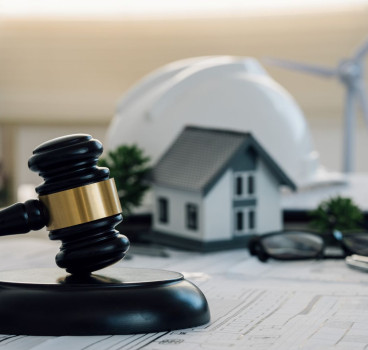Five ways in which PIR boards offer best insulation solution
The average UK household spends around £1,230 on fuel bills each year which can be up to 50% more than necessary due to the lack of energy saving measures being implemented in the home. Poor insulation is a major contributor to domestic energy wastage. To help combat this, the construction industry is increasingly turning to rigid foam PIR panels, rather than mineral fibre-based insulation solutions. Kevin Bohea, Commercial Director at leading UK PIR manufacturers, lists five ways in which insulation boards offer an advantage over the mineral-based equivalent.
PIR insulation board has a closed cell structure that means it doesn't absorb water. This allows the thermal performance and reliability of the panel to be retained over time. The panels are light and easy to transport as well as being simple to install, helping save on-site labour costs.
- Unlike fibrous insulation which deteriorates over time when damp sets in, PIR insulation's structural strength enables a consistent performance that will last the lifetime of a building, negating costly repairs and maintaining its thermal and soundproof qualities.
- PIR insulation is also renowned for its flexible qualities, providing the ideal solution for a range of applications such as floors, walls, pitched and flat roofing.
- Innovative PIR solutions such as Eurowall+, manufactured by Recticel, features a unique tongue-and-groove joint on the board's four sides to ensure a tight, secure lock. It means Eurowall+ board increases protection against wind-driven rain which can cause poorly-fitted mineral fibre products to deteriorate over time.
- Although mineral-based insulation is fairly flexible – it can be manipulated around wall ties, etc – its propensity to degrade over time, particularly if damp sets-in, means rigid PIR board is increasingly seen as a preferable cavity insulation option. It has a long-term cost benefit, too. For mineral wool to attain the same level of thermal performance as Eurowall+ board, it's estimated 150mm-thick insulation would need to be installed, resulting in an accordant increase in the cavity wall size. Once the cavity width increases, wall-tie lengths have to be lengthened and window and door lintels expanded - the whole building process becomes more costly. With developers looking to fit as many homes onto allocated plots as possible, maintaining a 100mm cavity in new buildings has become a necessity. Eurowall+ 90mm PIR board not only helps to achieve a 0.18 U-value in a 100mm cavity, the 10mm air gap makes for a less inconvenient fit for bricklayers when it comes to installing the insulation. Therefore, Eurowall+ maximises space whilst minimising cost for housebuilders, making it not only an ideal alternative to mineral-based insulation; it's the superior PIR solution.
Visit: www.recticelinsulation.co.uk
Additional Blogs

The silent death of the fixed-price contract
For decades, the fixed-price contract has been the backbone of construction procurement. It promised certainty with a defined scope, an agreed sum and a clear transfer of risk from client to...
Read moreWhy good contractors are walking away from bad projects
There is a growing change happening across the construction industry, one that many clients still have not fully recognised. Highly competent, reputable contractors are increasingly walking away from...
Read more

When fire breaks out who really knows the system
The story that caught my attention recently wasn’t about fire growth or building loss, it was about confusion. Specifically, the confusion faced by the fire service when arriving at buildings...
Read more